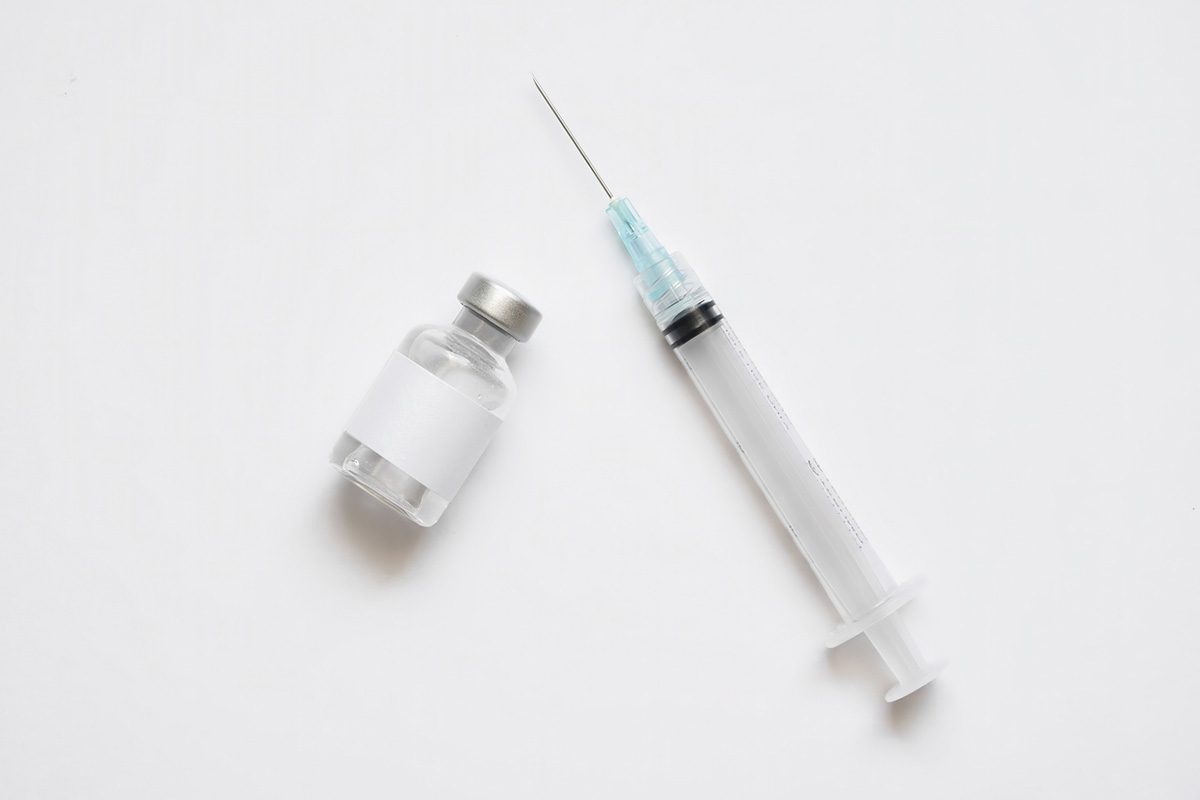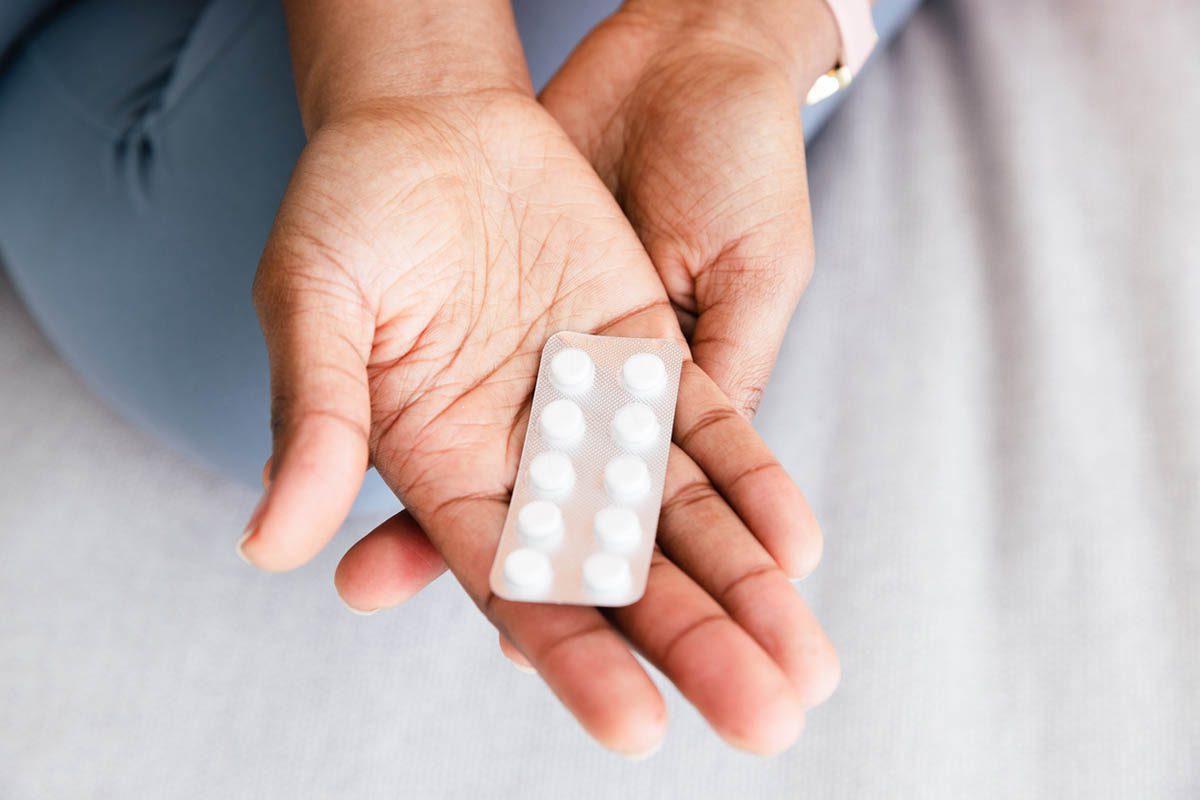Objective: To determine rates of sexual dysfunction and hypogonadism and establish the relationship between gonadal hormone levels and sexual function in patients taking antipsychotic treatment for schizophrenia or schizoaffective disorder.
Method: We studied 103 patients with schizophrenia or schizoaffective disorder (mean age = 46.2 (SD = 12.9) years; 51.5% male) from October 2003 through March 2005. Sexual function was assessed using the Sexual Functioning Questionnaire (SFQ) and compared with (1) normal controls (N = 62; mean age = 36.1 (SD = 9.6) years; 55% male) recruited from primary care attendees and (2) sexually dysfunctional controls recruited from a local sexual dysfunction clinic (N = 57; mean age = 39.1 (SD = 10.7) years; 79% male). Prolactin, sex hormone-binding globulin, testosterone, estradiol, progesterone, follicle-stimulating hormone, and luteinizing hormone levels; psychopathology; and side effects were measured.
Results: Mean (SD) total SFQ scores were significantly greater in patients (women = 9.9 [5.3]; men = 7.8 [4.9]) compared with normal controls (women = 4.1 [2.9]; men = 4.09 [2.95]), and similar to the scores of sexual dysfunction clinic attendees (women = 7.2 [2.9]; men = 9.9 [4.5]). The odds ratios of patients having sexual dysfunction compared with normal controls were 15.2 for women and 3.7 for men. Hypogonadism was common (in premenopausal women, 79% showed hypoestrogenism and 92% showed low progesterone levels, and 28% of men showed hypotestosteronism). There was no association between total SFQ scores and prolactin or gonadal hormone levels.
Conclusion: Patients receiving treatment for schizophrenia or schizoaffective disorder show high rates of sexual dysfunction and hypogonadism. Sexual functioning was not related to prolactin or gonadal hormone levels.
Author Affiliations

Enjoy free PDF downloads as part of your membership!
Save
Cite



